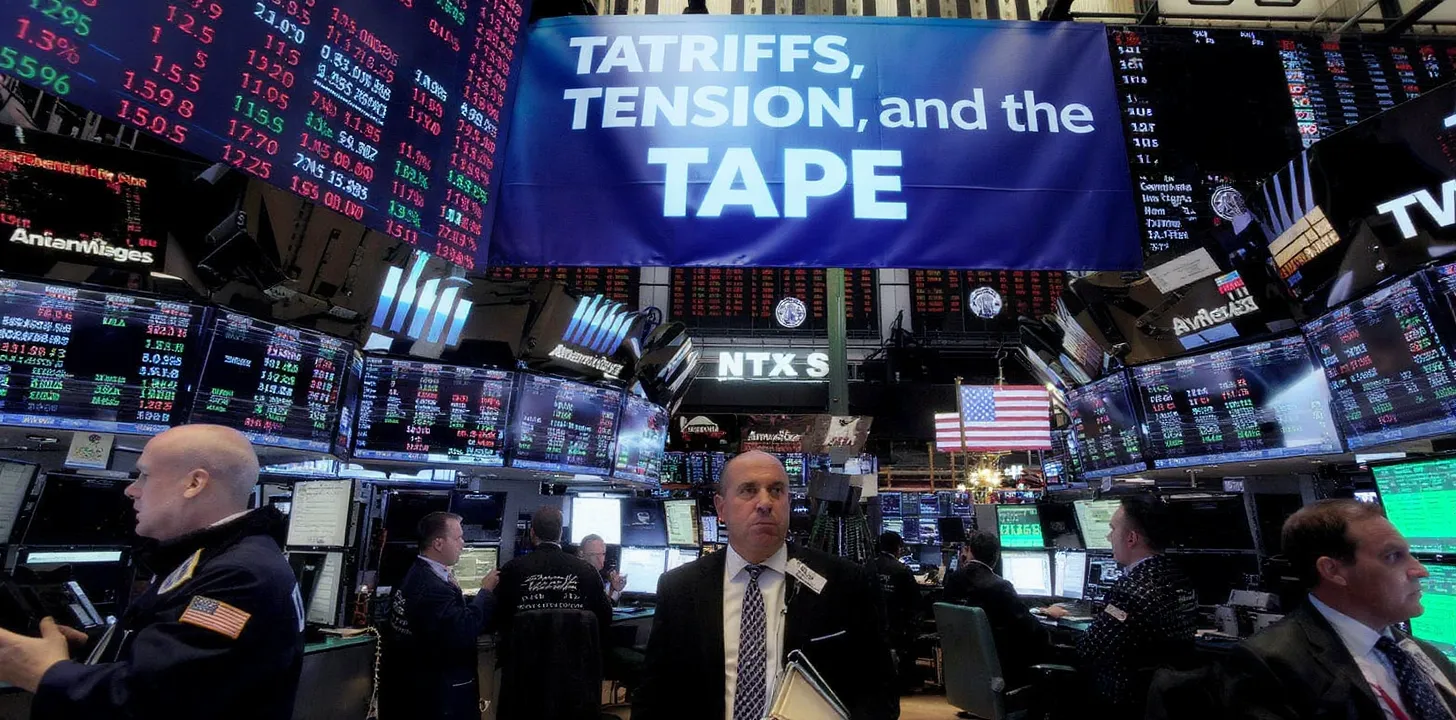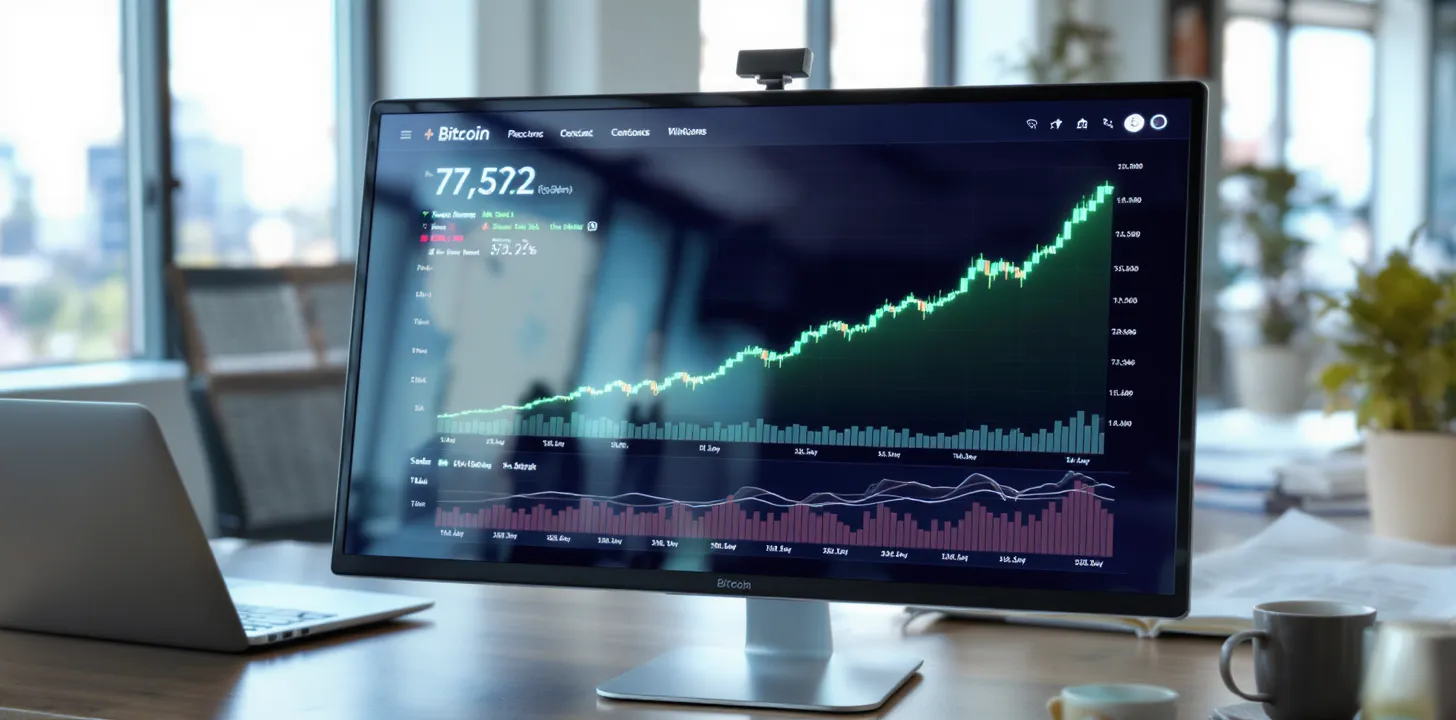BTC and Rising: A Tactical Playbook for Trading the iShares Bitcoin Trust (IBIT) After Its Historic AUM Break-Out
BTC and Rising: A Tactical Playbook for Trading the iShares Bitcoin Trust (IBIT) After Its Historic AUM Break-Out
1. Big-Picture Snapshot
On 8 July 2025 BlackRock’s iShares Bitcoin Trust (ticker: IBIT) crossed the symbolic 700 000-BTC threshold, vaulting to roughly $76 billion in assets and becoming the firm’s third-largest revenue driver among nearly 1 200 ETFs.
At the same time, the entire U.S. spot-ETF cohort has absorbed ≈$50 billion of net inflows since launch just 18 months ago .Spot products now account for more than 30 % of aggregate BTC spot turnover despite a broader decline in crypto trading volumes .
The implication is straight-forward: ETF order-flow is no longer a side-show; it sets marginal price. Any short-term trading framework must therefore integrate both on-chain supply dynamics and primary-market creations/redemptions.
2. Current Price Map: Where Are We on 9 July 2025?
Spot BTC trades near $108 300, having oscillated in a $107 000–$110 400 congestion zone for a week.
Support clusters are visible at $107 000 (4-hour pivot) and $105 400 (secondary daily value-area low).
Overhead supply sits at $110 500—the level that coincides with heavy call-option open interest into July/Sep expiries.
Monday’s risk-off wobble—driven by fresh tariff salvos—briefly knocked BTC under $108 K before buyers re-loaded, illustrating how sensitive microstructure remains to macro headlines.
3. Why IBIT Matters More Than the Futures Basis Right Now
Traditional crypto traders obsess over CME basis, funding rates, and perpetual swaps. Yet in 2025 the ETF share-creation mechanism has overtaken the futures roll as the dominant liquidity sink:
Creations pull physical BTC from exchanges into ETF cold-storage, mechanically shrinking free float.
Redemptions reverse the pipe and can add abrupt intraday supply.
Because IBIT now holds 700 K BTC—about 3.3 % of circulating supply—a single 1 % daily AUM swing (~7 000 BTC) rivals the entire spot volume on Coinbase’s BTC-USD book during U.S. mornings. Timing trades around these flows is therefore mission-critical.
4. Dissecting IBIT’s Microstructure
5. Order-Flow Diagnostics You Should Track Daily
Consolidated Tape Prints – IG CSV “T-time” blocks at 10:00 ET/14:00 UTC reveal whether RFQ desks are submitting basket creations.
DTCC Overnight Reconciliation – Confirms the creations (shares outstanding) so you can adjust exposure before Asia re-opens.
On-chain Transfer Alerts – Wallet clusters tied to BlackRock & Coinbase Prime often pre-announce big custody moves by 30–60 minutes.
6. Tactical Trade Set-Ups
a. Intra-Day VWAP Fade
Setup: IBIT trades > +0.25 % above real-time NAV while spot BTC stalls near $110 K resistance.
Execution: Short IBIT against a crypto-native venue short in BTC spot or micro CME futures. Size ratio = ETF Δ-(Beta*BTC Δ) adjusted for leverage.
Exit: Cover when premium compresses to ≤ +0.05 % or BTC breaks the resistance (stop).
Rationale: ETF overheats during U.S. cash session on retail momentum; arbitrageurs close the gap into close via creations.
b. Breakout Confirmation Swing
Trigger: BTC daily close above $110 500 + two hours of sustained ETF inflows ≥ $300 million (≈2 600 BTC).
Trade: Go long IBIT, hedge in options by selling 12-delta covered calls three weeks out.
Target: Next Fibonacci extension at $115 800 (1.618 from May swing), or $120 000 if Fear-&-Greed prints >80.
Risk: Breakout failure with spot back below $108 800 after New-York close.
c. Event-Driven Mean Reversion
Catalyst: U.S. CPI print or Fed-minutes release spikes VIX above 24 and triggers 1 %+ discount in IBIT.
Trade: Buy IBIT into the discount while simultaneously longing short-dated at-the-money BTC calls.
Logic: If risk aversion is transient, discount snaps back faster than underlying; synthetic long via ETF plus gamma hedges dampens overnight gap risk.
7. Integrating On-Chain and Macro Signals
HODLer Net Position Change is positive for the first time since March, suggesting long-term wallets remain in accumulation despite whales distributing above $110 K
Tariff Deadlines (now pushed from 9 July to 1 August) inject tail-risk; IBIT has historically recorded its largest creations the day after tariff announcements as macro-hedge demand spikes.
Fed “Stealth” Cuts Narrative—rate-cut expectations into Q4 keep real yields soft, sustaining the digital-gold bid.
8. Risk Management Framework
Effective position management in Bitcoin-ETF trading begins with constant vigilance over four key vulnerabilities. First, keep an eye on the real-time composite feed for signs that the fund’s price is straying more than half a percent from its net-asset value; if that tracking error widens, scale the trade down or migrate exposure to CME futures, which track spot more tightly. Second, monitor DTCC share-count files for abrupt drops that signal heavy redemptions—especially if accompanying wallet traffic shows five-thousand or more bitcoins moving out of custody. In that scenario, tighten stops or step out of the market to avoid overnight gap risk. Third, treat every burst of regulatory noise—an SEC enforcement tweet or a CFTC speech—as a prompt to double-check hedges: maintain options with at least forty-five days to expiry and diversify across other spot vehicles such as FBTC to reduce single-issuer risk. Finally, watch the order book: if the bid-ask spread widens beyond six basis points or visible depth falls below five million dollars at the top of book, route orders through a block desk and execute with a TWAP algorithm to minimize slippage when liquidity thins.
9. Looking Ahead
Options Expiry 26 July: 14 B notional, with call skew 110–112 K that could gamma-squeeze IBIT higher
Election Cycle: Trump’s vocal crypto support and GOP lawmakers’ GENIUS Act push may accelerate RIA adoption; large wire-house model portfolios could channel $250 M/day of steady creations by Q4.
Supply Overhang: Mt.Gox estate final disbursement (projected September) remains the wild card but is now <1 % of free float—ETF bid could readily absorb it.



